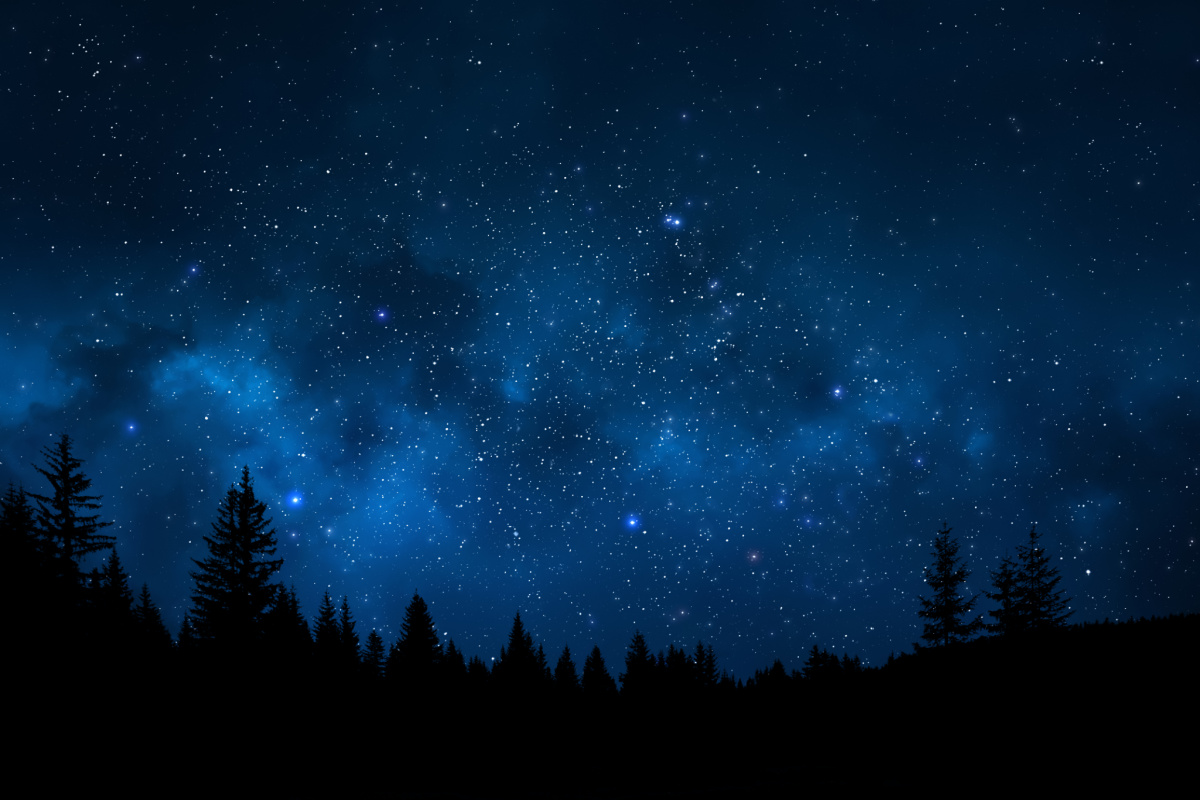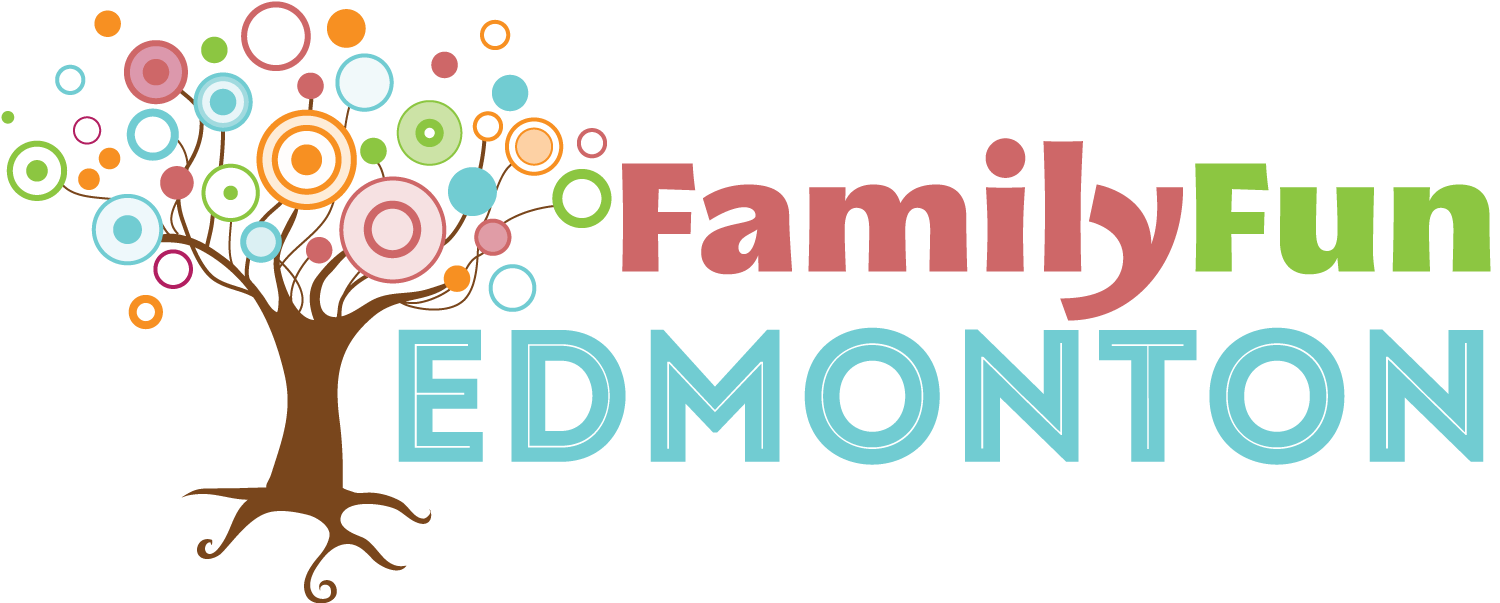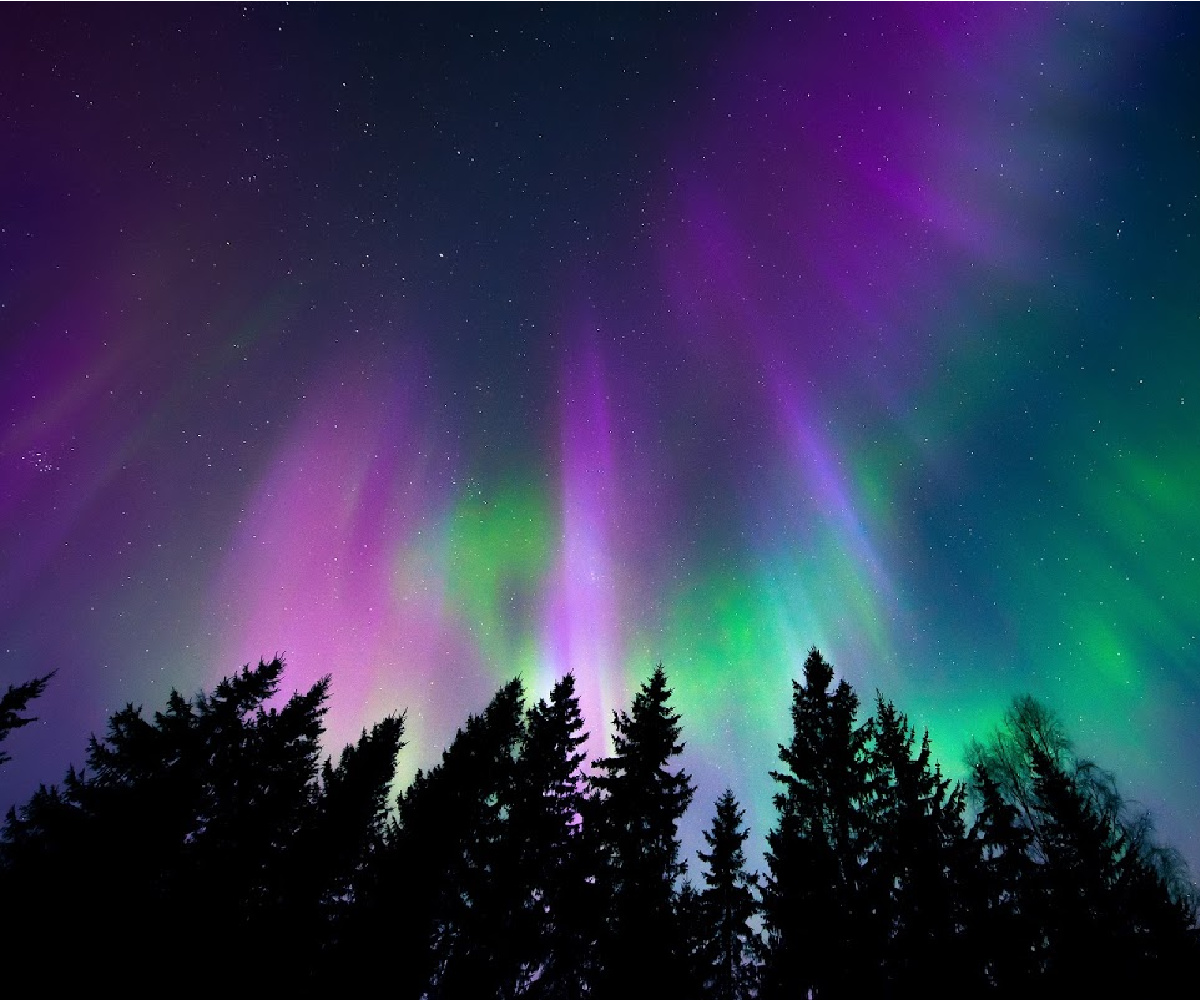We’re so used to it. Street lights, traffic lights, business signs, billboards, car lights, security lights. When you start to make a list of all the nighttime lights that we see in towns and cities across Canada, it adds up quickly! All of this lighting is considered light pollution. Being North America’s northernmost major city, we take pride in our nearness to the Northern Lights, but sometimes the city lights are so bright, we have trouble viewing the beautiful night sky.
Light pollution is a complex issue that we can learn more about as families. The International Dark Sky Association has great resources that can help you (and your kids!) understand how nighttime light pollution is affecting human health, wildlife, ecosystems, and more. You can check out this interactive map from The New World Atlas of Artificial Sky Brightness to see how much light pollution is in major urban areas across North America. And then, as a family, you can talk about the ways that you can reduce outdoor light pollution around your house.
Your kids may also enjoy some of the great free educational resources that the International Dark Sky Association has available such as word searches, colouring pages, mazes, and more!
After learning about light pollution, be sure to take the family out to one of the nearby Dark Sky Preserves to enjoy the beautiful night skies and celebrate International Dark Sky Week April 5 – 12, 2021. Dark Sky Preserves are designated areas located all over the world where artificial lighting is reduced to a minimum and the reduction of light pollution is promoted and encouraged. When visiting Dark Sky sites, be sure to follow light etiquette.

Gazing up at the night sky and admiring it’s vastness and wondering at the unknown is a perfectly acceptable way to enjoy an evening stargazing. However, if you’d like to know a little about the stars and planets you’re gazing at, you can do a little research before you head out. Here are some great sites we recommend:
- Time and Date’s Night Sky – You can identify where you’ll be and what time you’ll be there to find out which planets and constellations should be visible to you.
- Jasper Planetarium’s Stargazing Guides – A great article with tips on easy things to spot in the night sky.
- Aurora Watch – Sign up for alerts on when there’s a higher chance for seeing the Northern Lights!
- Skyview App – Download this app on your phone (Apple and Android) and you’ll be able to hold your phone up to the sky while it identifies constellations you are viewing.
Check out these Dark Sky Preserves and Sites near Edmonton:
Location: North of Edmonton
Visit Bon Accord (map)
Beaver Hills and Elk Island National Park
Location: East of Edmonton
Address: 54401 Range Rd 203, Fort Saskatchewan
Blackfoot Dark Site: Blackfoot Cooking Lake-Blackfoot Provincial Recreation Area
Location: East of Edmonton
Address: 52365 Range Rd 210, Sherwood Park
Location: East of Edmonton
Address: Cooking Lake Blackfoot Provincial Recreation Area, Beaver County
Location: West of Edmonton
Best viewing locations within the park:
Location: Northeast of Edmonton
Address: 9503 Beaverhill Rd, Lac la Biche





